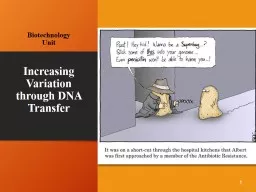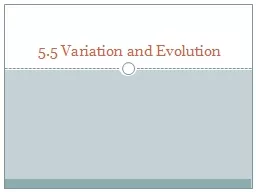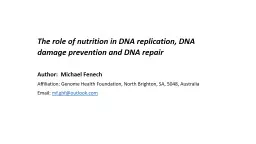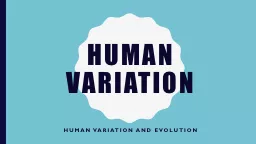PPT-Increasing Variation through DNA Transfer
Author : jalin | Published Date : 2022-06-08
Biotechnology Unit 1 How does a bacterium fight off antibiotics The three main ways are Membrane proteins called efflux pumps literally pump the antibiotics out
Presentation Embed Code
Download Presentation
Download Presentation The PPT/PDF document "Increasing Variation through DNA Transfe..." is the property of its rightful owner. Permission is granted to download and print the materials on this website for personal, non-commercial use only, and to display it on your personal computer provided you do not modify the materials and that you retain all copyright notices contained in the materials. By downloading content from our website, you accept the terms of this agreement.
Increasing Variation through DNA Transfer: Transcript
Download Rules Of Document
"Increasing Variation through DNA Transfer"The content belongs to its owner. You may download and print it for personal use, without modification, and keep all copyright notices. By downloading, you agree to these terms.
Related Documents














